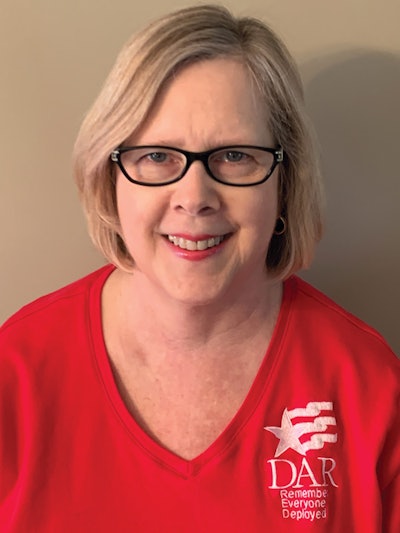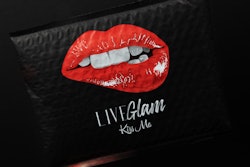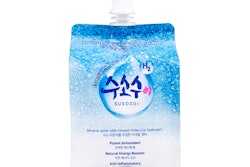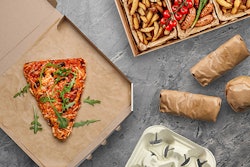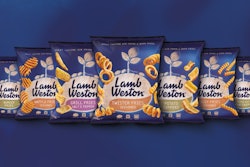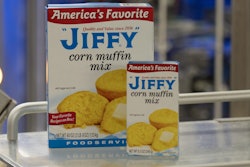However, more often than we may realize, a well-designed package can be a deciding factor in product selection.
This article focuses on the package development process, starting with the decision to produce the new package and ending with the transition to the manufacturing implementation team. The steps—they’re not necessarily sequential—in the package development process are:
• Idea formation and concept brainstorming
• 3D drawings and prototypes
• Patent/trademark discovery
• Cost estimation
• Research (optional)
• Go/no-go decision
• Team selection and project kick off
Idea formation and concept brainstorming
Ideas can be formed in many ways, including out of a perceived need in the marketplace, at a customer’s request, or to promote a specific initiative. In any event, a central point of contact should be responsible for reviewing the ideas.
Often, it is helpful to look at existing package formats available in other categories or what the competition is doing.
A brainstorming session can be developed with assistance from consultants. Some organizations develop this expertise within their packaging development departments. One essential participant is a graphic artist or someone who can quickly turn ideas into sketches.
See it Live at PACK EXPO Connects Nov. 9-13: Staffing with Automation: a Post-COVID Imperative? by Harpak-ULMA Packaging, LLC. Preview the Showroom Here.
Regardless of how organizations proceed, there are a couple of good techniques that can be helpful. The first is to spend time shopping for packaged goods. Another good technique is SCAMPER: Substitute, Combine, Adjust/Adapt, Modify, Put to other use, Eliminate, and Reverse or Re-arrange. The acronym SCAMPER is a basic creativity-, thought-manipulation tool that helps participants look at things from a different perspective.
3D drawings and prototypes
Once the idea is formed, the next step is determining how to develop the concept and move forward. Three-dimensional drawings and prototypes, using a 3D modeling software program, can help to further refine ideas.
Next, 3D drawings can be created with the potential package designs and graphics can be applied to the structure utilizing computer software to further refine the concepts.
Once the concepts have been refined, it is helpful to have 3D prototypes developed.
Patent/trademark discovery
During the brainstorming and prototyping phase, good documentation is essential to protect intellectual property. All drawings should be dated with all “inventors” listed. After concepts are finalized and prototypes are developed, it’s time to research for prior patents or trademarks. Organizations need to protect homegrown ideas, as well as research concepts, from infringements.
If there is no risk of patent infringement, packaging development should consider if any concepts are worthy of patent application.
Cost estimation
Cost estimation efforts should include the cost of producing the package on a daily basis, as well as upfront costs for equipment, tooling, or artwork. To determine comprehensive package production costs, organizations need to determine the cost of direct materials, direct labor, variable costs and fixed costs.
Specific considerations include direct material, direct labor, and fixed costs. Upfront costs include those required to get the package into production: new equipment and tooling if required, new tooling for existing equipment, and any artwork charges.
Research & a go/no-go decision
Depending on the packaging project, research might be warranted. Research can be qualitative or quantitative.
Focus groups and in-context observations are examples of qualitative research. Quantitative research generally costs more money to conduct. Therefore, qualitative research can further refine concepts. Once refined, concepts are narrowed down to a few ideas, then quantitative research can be conducted.
See it Live at PACK EXPO Connects Nov. 9-13: Solutions for monitoring your production line from anywhere and keeping track of maintenance schedules in a whole new way, by Haver & Boecker USA, Inc. Preview the Showroom Here.
At some point, generally after cost estimation and research (if conducted), a decision is needed on whether to proceed with the new packages. Assuming it’s a ‘go’ to proceed, packaging development can take from several weeks to several years, depending on the project scope.
Team selection and project kick-off
Depending on which category the packaging project falls into, team size and make-up will be different. First, identify the project sponsor and project leader. The sponsor should scope out the work to be completed, identifying the objective of the packaging project, any project boundaries, and project deliverables. These process steps can be done in conjunction with the leader. The sponsor and leader should then identify and secure the necessary team members and resources.
Once commitment has been reached on team members, a project kick-off meeting should be conducted.
To get a new package on the shelf, the package development process needs to be well-defined and followed. The steps outlined here will ensure that implementation teams have a good chance of successfully launching a new package.
The author, Rebecca Lane Oesterle, CPPL, is Chair of the IoPP Board of Directors. For further details and additional reading on this topic, go to pwgo.to/5717. Want to learn more about IoPP? Go to www.iopp.org.
